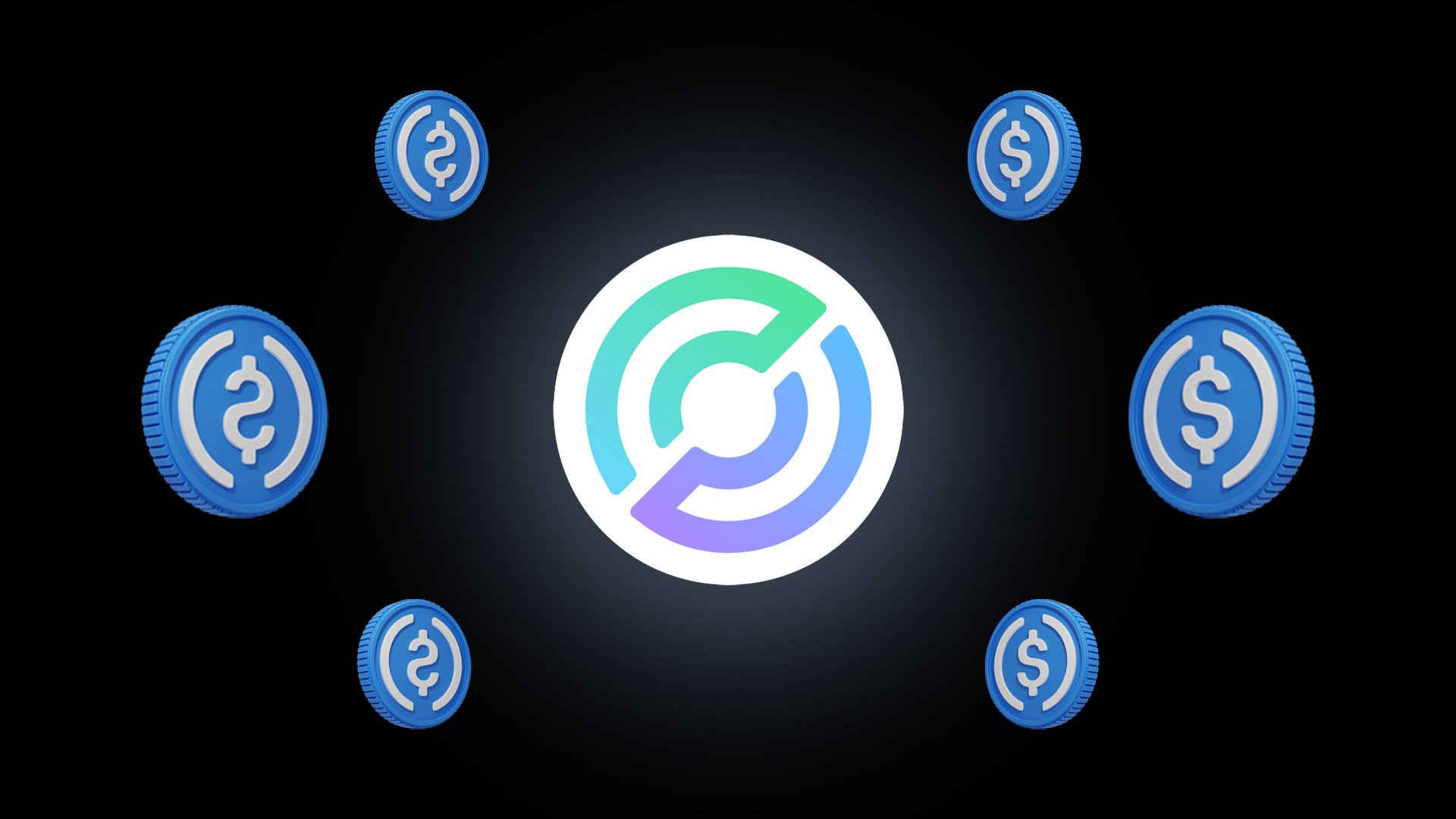Circle Targets Africa’s $5B Payment Problem with Stablecoin Push
01.05.2025 14:00 1 min. read Alexander Stefanov
In a move to reshape how money moves across Africa, Circle is teaming up with Onafriq to introduce USDC as a low-cost, digital alternative for cross-border payments.
The collaboration aims to tackle one of the continent’s most expensive financial challenges: the $5 billion annually lost to overseas intermediaries.
Onafriq, which connects hundreds of millions of users across over 40 countries, will pilot USDC settlements to bypass the outdated banking routes still dominating intra-African transactions. CEO Dare Okoudjou says the goal is to make sending money easier, cheaper, and more trustworthy for both people and institutions.
Circle, meanwhile, sees Africa as fertile ground for stablecoin adoption, particularly as local currencies like Nigeria’s naira continue to nosedive. Stablecoins already make up nearly half of crypto activity in Sub-Saharan Africa, driven by the need for more reliable value storage and transfer.
This isn’t just a regional push—Circle has been accelerating globally. Its newly launched Circle Payments Network is bringing together traditional banks and fintechs to modernize how funds move internationally. The company also just received preliminary regulatory approval in Abu Dhabi, setting the stage for further expansion into the Middle East.
-
1
China Pushes Digital Yuan Expansion as Global Currency Power Shifts
19.06.2025 17:00 1 min. read -
2
Fiserv to Launch FIUSD Stablecoin Across Its Massive Banking Network
23.06.2025 21:00 1 min. read -
3
Mastercard Integrates Chainlink to Power Direct Crypto Access for Cardholders
25.06.2025 18:00 1 min. read -
4
BIS Slams Stablecoins, Calls Them Ill-Suited for Modern Monetary Systems
26.06.2025 9:00 1 min. read -
5
GF Securities Becomes First in Hong Kong to Issue Tokenized Securities On-Chain
27.06.2025 20:00 2 min. read
Bitget Wallet Teams Up with Mastercard to Launch Crypto-Powered Payment Card
Bitget Wallet has entered a strategic partnership with Mastercard and Web3 payment provider Immersve to launch a new payment card that allows users to spend cryptocurrencies directly from their digital wallets.
Robinhood to Launch Tokenized Shares of OpenAI and SpaceX for European Users
Robinhood CEO Vlad Tenev revealed plans on Monday to bring tokenized equity offerings to the European market, starting with shares in private tech giants OpenAI and SpaceX.
Coinbase to Launch U.S. Perpetual-Style Futures on July 21
Leading crypto exchange Coinbase (COIN) is set to launch perpetual-style futures contracts in the United States starting July 21, becoming one of the first regulated entities to offer a product that closely mirrors globally popular offshore perpetuals.
Robinhood Expands Crypto Futures With XRP and Solana Micro Contracts
Zero-commission brokerage Robinhood has expanded its cryptocurrency futures offerings by launching micro futures contracts for XRP, Solana (SOL), and Bitcoin (BTC).
-
1
China Pushes Digital Yuan Expansion as Global Currency Power Shifts
19.06.2025 17:00 1 min. read -
2
Fiserv to Launch FIUSD Stablecoin Across Its Massive Banking Network
23.06.2025 21:00 1 min. read -
3
Mastercard Integrates Chainlink to Power Direct Crypto Access for Cardholders
25.06.2025 18:00 1 min. read -
4
BIS Slams Stablecoins, Calls Them Ill-Suited for Modern Monetary Systems
26.06.2025 9:00 1 min. read -
5
GF Securities Becomes First in Hong Kong to Issue Tokenized Securities On-Chain
27.06.2025 20:00 2 min. read


